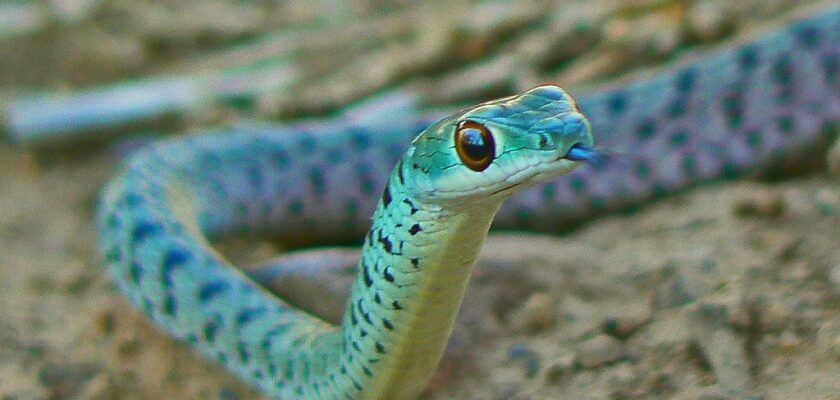Mokolodi Nature Reserve
Mokolodi Nature Reserve is not very large, but it is located in a very convenient place for tourists – just 10 km from the capital of Botswana, Gaborone. The reserve was opened in 1994 and is under the jurisdiction of the Mokolodi Wildlife Trust.
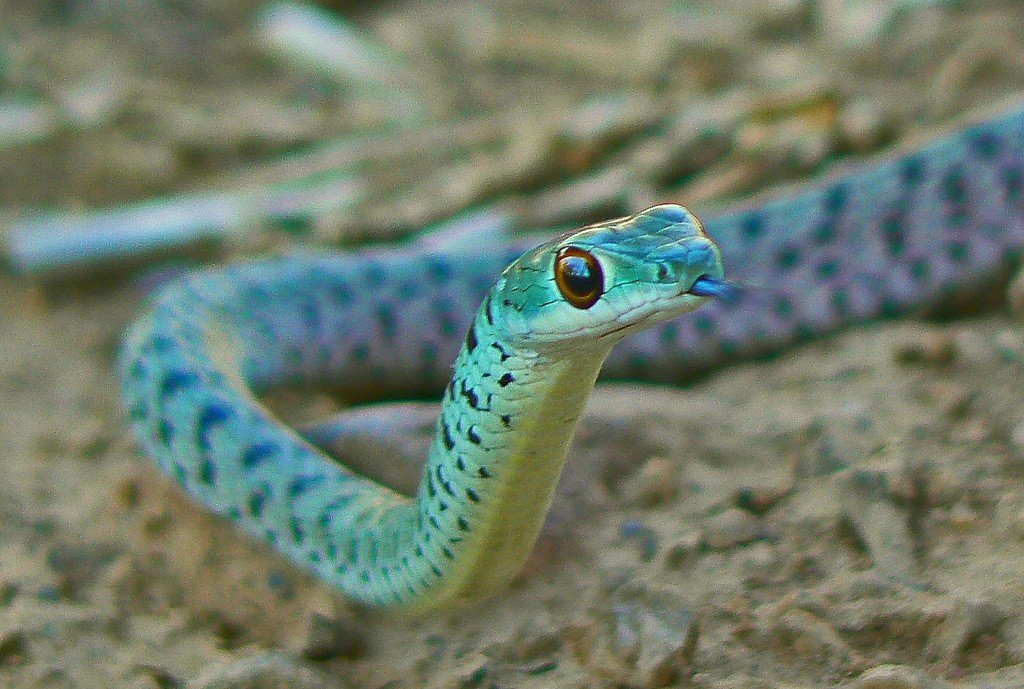
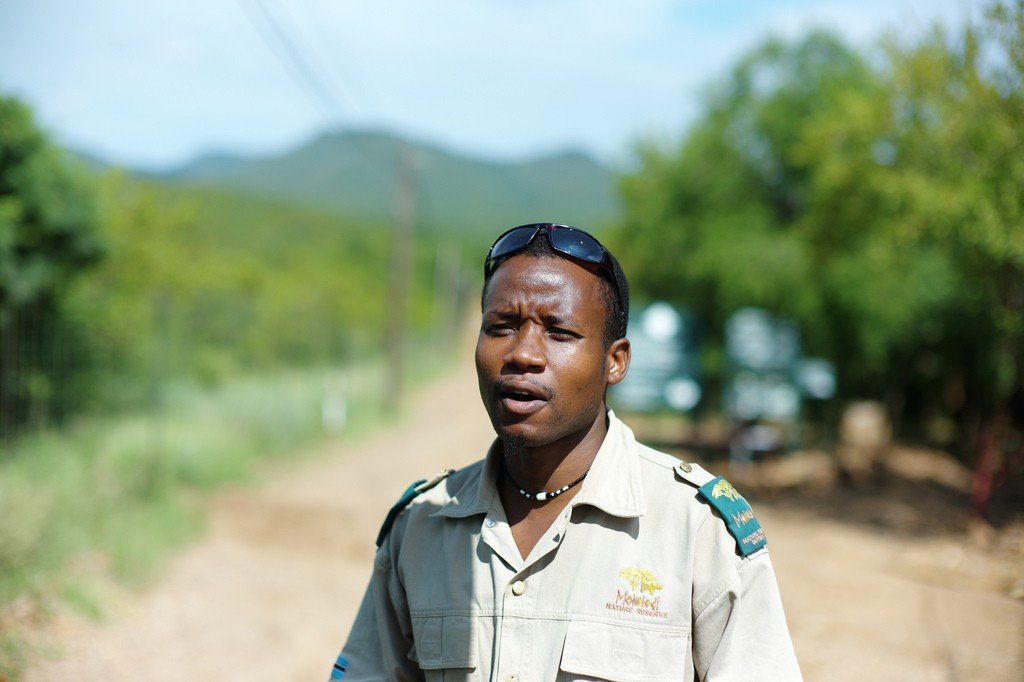
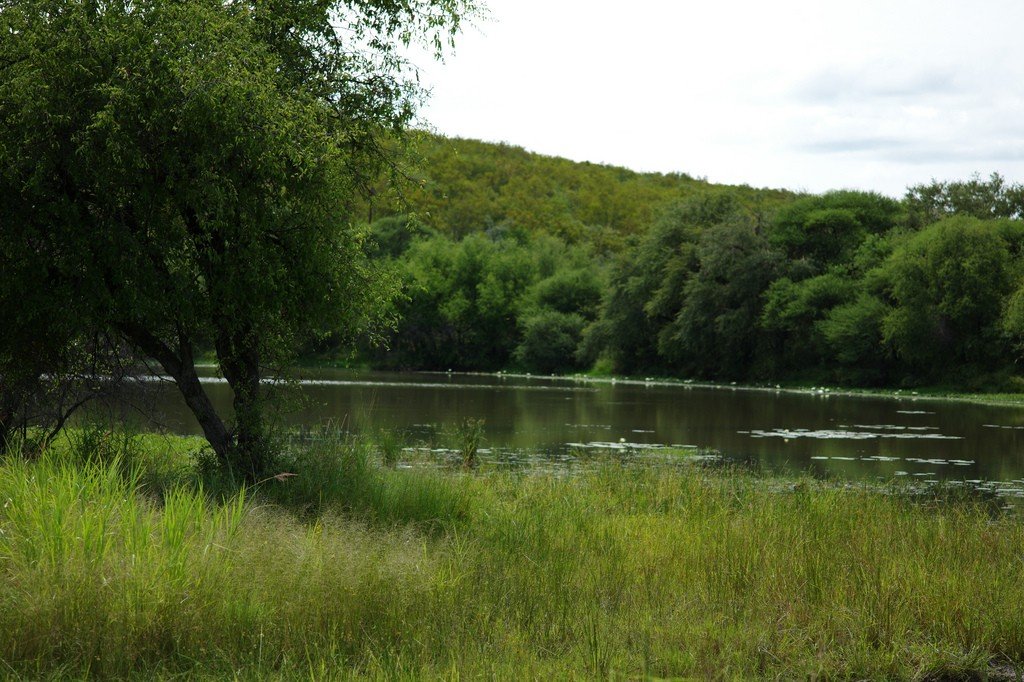
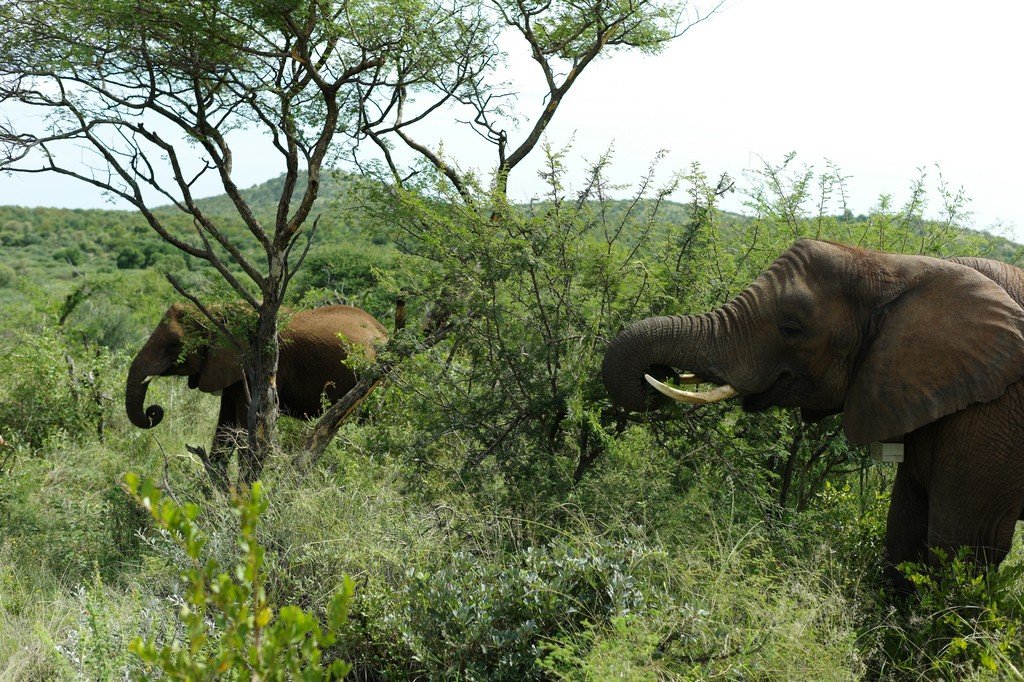
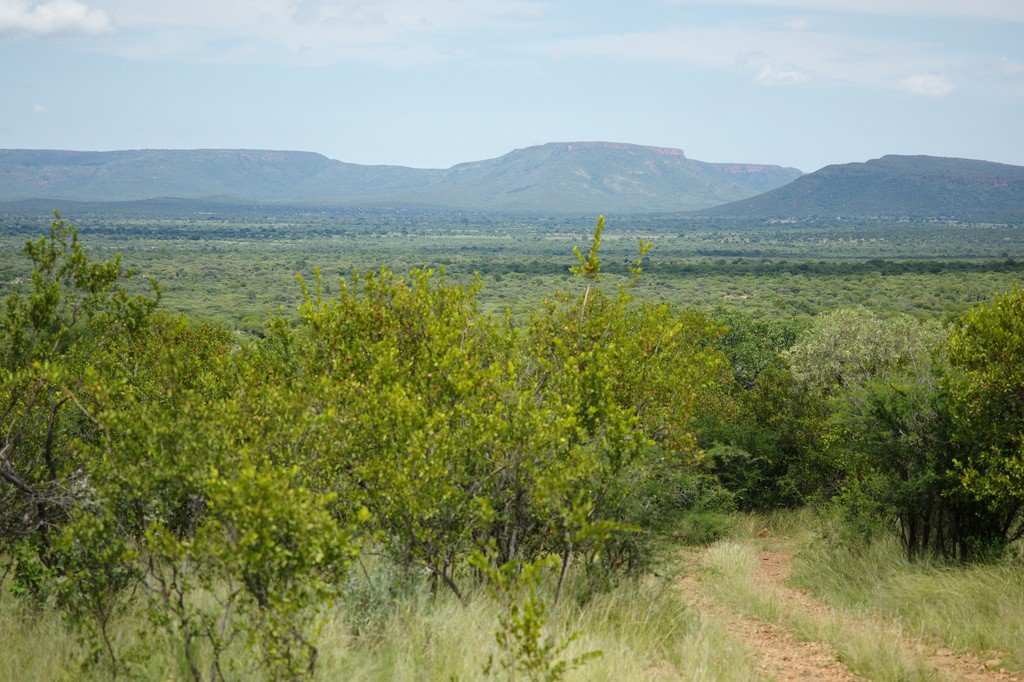
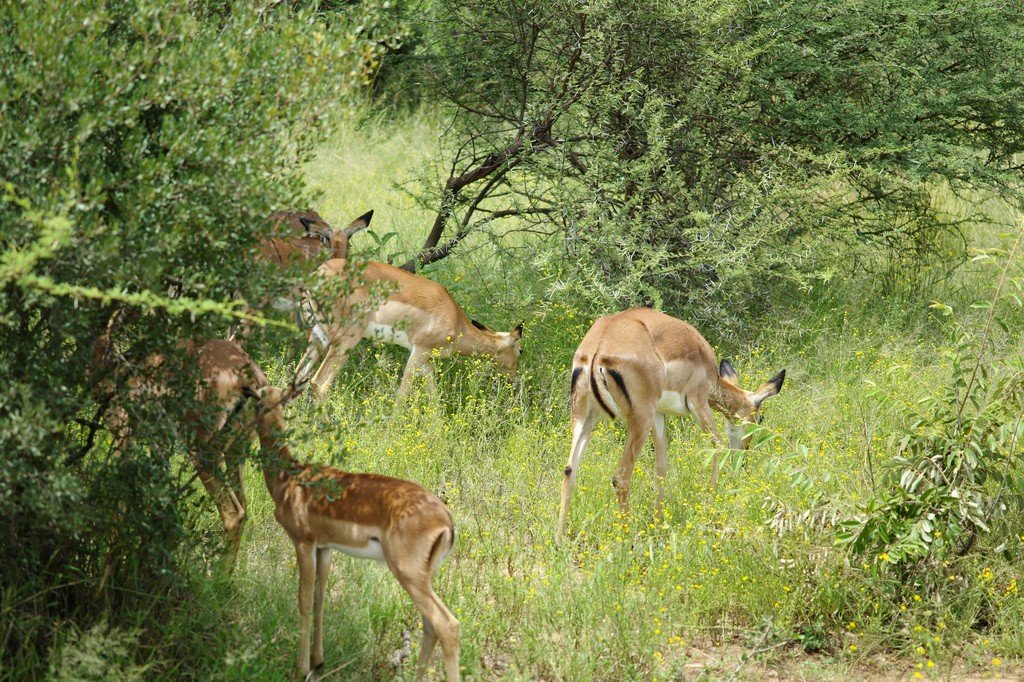
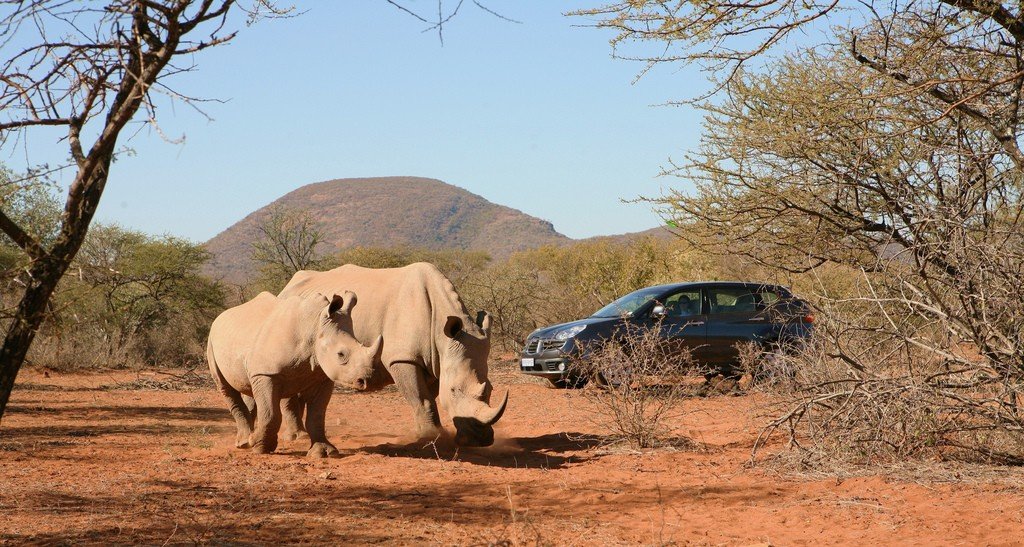
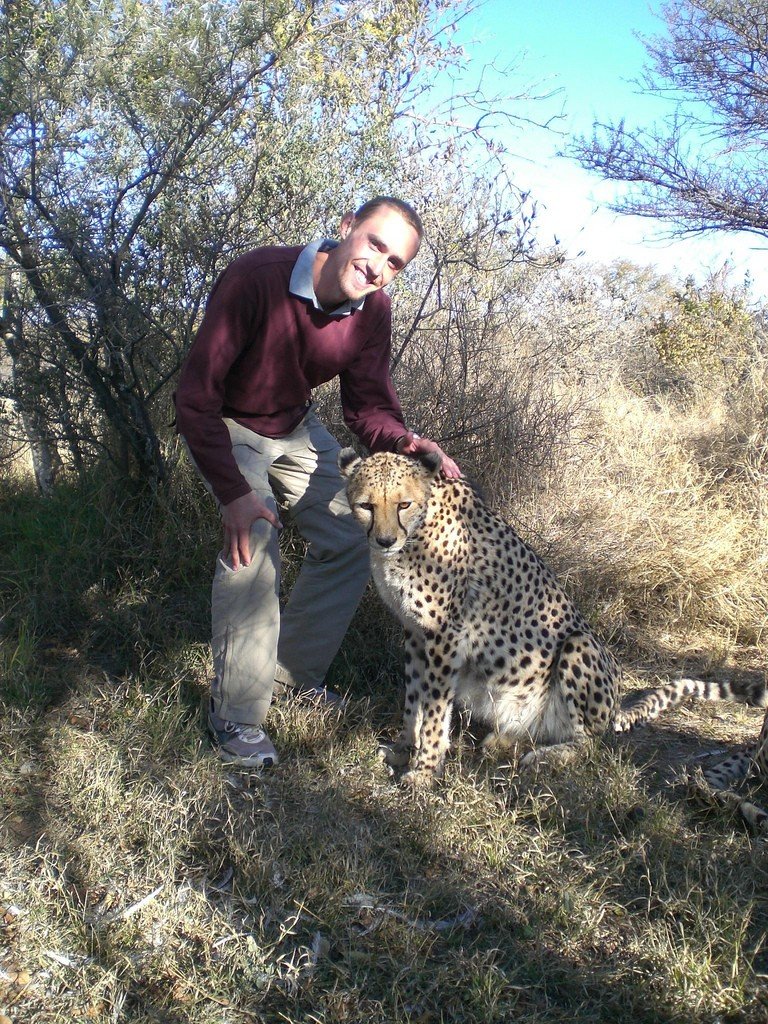
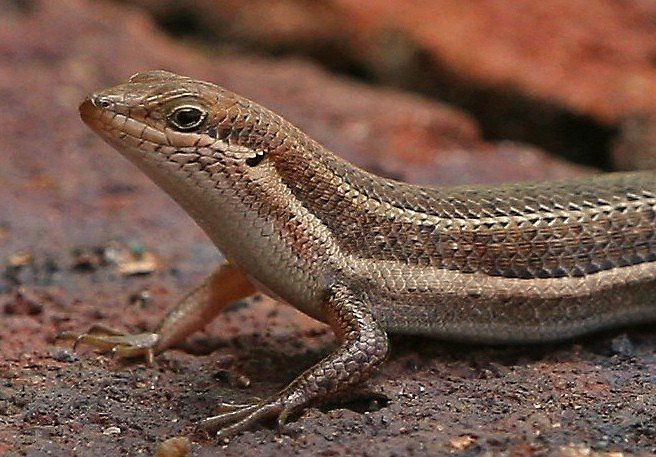

General information
In total, the boundaries of the Mokolodi Nature Reserve cover 30 km², where there is room not only for African wildlife, but also a small artificial town of comfort and recreation – hotels and restaurants, excursion offices have been created for tourists. Mokolodi Nature Reserve, first of all, is famous for its population of quite rare white rhinos. The fauna of the reserve is also characterized by its abundance of other animals: cheetahs, leopards, giraffes, hyenas, zebras and antelopes, porcupines and longhorns. Among others, several special almost tame elephants live within Mokolodi. Tours are often organized for park guests to ride them.
.White rhinos
White rhinos themselves are by no means white. They are simply a corruption of the Boer word wijde (broad, wide-mouthed), which the English compared to their word white. In reality, this rhinoceros has a dark, slate-gray coloration, it is only slightly lighter than that of the black rhinoceros. But the white rhinoceros is the largest representative of the family. On average, the mass of this animal reaches 3 tons, body length 3.6-4 m, height – 1.6-2 m. White rhinoceros has two horns, the front one is always longer (record length – 1.58 m), and the rear one is underdeveloped. The main difference of the white rhinoceros is not even its size, but its wide flat upper lip (in the black rhinoceros it is pointed in the form of a trunk). This structure of the upper lip appeared in the white rhinoceros for a reason, because it eats mostly herbaceous vegetation, which is convenient to pinch with a flat upper lip and crush with a sharp keratinized lower lip. White rhinos prefer to stay in small groups, only rarely forming large herds of 16-18 individuals. The group is dominated by females caring for their cubs. Males are allowed to live in a group if he does not try to mate with females. As a result, only older males live in groups. Females may even show aggression to drive an unwanted male out of the group..Males only show aggression to their own kind, i.e. males. Fierce fights are frequent between them, often ending in the death of one of the opponents. If a group of white rhinos smells danger, they immediately take a defensive position – they form a tight circle with their heads outward, leaving their cubs inside the circle. Today, the white rhino is considered to be out of danger of extinction, but its population still needs constant monitoring.
.
Tourists
For tourists in the park has developed a special program that includes educational tours, observation of animals from equipped platforms and a visit to the Reptile Park, specializing in snake breeding. The park has a clinic supporting sick or injured wildlife, and an educational center dedicated to engaging teenagers from schools and orphanages in protecting and preserving the state’s environment.
.
For the convenience of visitors, the reserve has five comfortable traditional-style chalets for 2-4 people equipped with a gas stove, fan and appliances, as well as five campsites for 8 people each. Good food and drink is available to park guests for a fee.
.
But the day program in the reserve is not limited to this. Here you can also visit a number of stores with works of local craftsmen, get to the botanical garden, make an exclusive walk in the park with lions or in the pool with crocodiles. The evening program in the reserve is also very authentic. Everyone can taste the local cuisine, and at this time his eyes will please local amateur groups, in the program of which cult dances and rituals. The cost of excursions depends on the length of the trip and the availability of additional services..Opening hours
The reserve is open to the public daily in summer from 7:00 to 18:30, in winter – from 7:30 to 18:00.
.